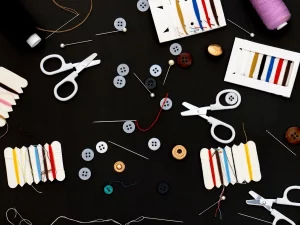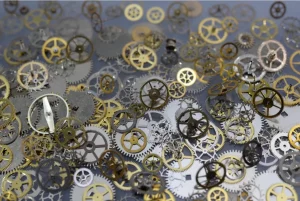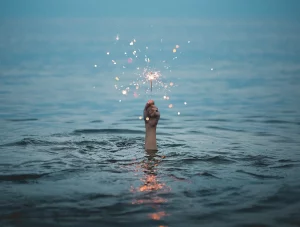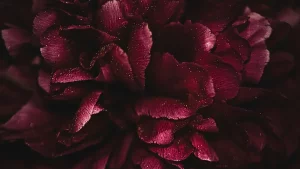Although we often hear that the camera does not make the photographer, having the necessary equipment in photography allows you to put yourself in the best conditions to capture beautiful images. There are many sub-categories in the photography sector, and wildlife photography is a very specific category, with its own equipment.
Editing and printing equipment is, of course, essential, but we will concentrate on the equipment needed for taking photographs. The wildlife photographer can work in wild environments: in the mountains, in a savannah or in the forest, among others. The equipment for wildlife photography depends on the practice of each photographer. This guide will show you how to equip yourself to photograph the beautiful world of wildlife.
Table of contents
The special features of wildlife photography
Wildlife photography is a type of photography focused on photographing the life of animals in their natural environment. It can be the forest, the mountain, the savannah, or even the ocean. When we talk about wildlife photography, we are talking about a very broad field, since it can cover mammals, but also insects, reptiles, rodents and other invertebrates. The wildlife photographer must try to freeze the action of the animal: when it eats, flies, swims or fights, for example. The important thing is to be familiar with the behaviour and environment of the animal being photographed in order to be ready to capture the right photos.
Being discrete is an essential concept in wildlife photography. To obtain authentic photos of animals in their natural habitat, the wildlife photographer must do everything in their power to avoid being noticed. To do this, the equipment must be chosen according to two main factors.
- The wildlife photographer’s equipment must allow photographs to be taken from a significant distance.
- The wildlife photographer’s equipment must be quiet enough not to be noticed by the animal.
This type of photography requires a lot of patience: the photographer can be on location for hours, even days, to photograph the most beautiful moments of their subject’s life. It therefore requires a little more equipment than other types of photography.
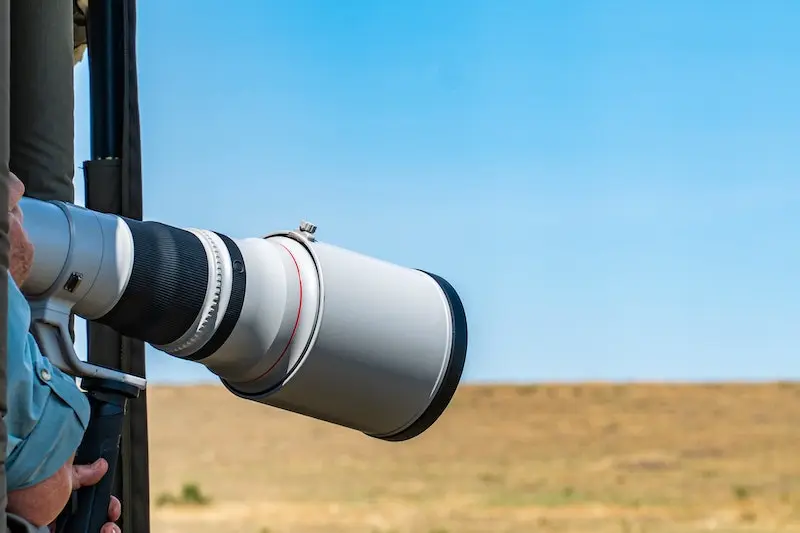
Choosing your camera for wildlife photography
The camera is naturally the first piece of equipment to choose for wildlife photography. Here’s what the wildlife photographer needs to look for in a camera.
- A fast burst mode: as animals are usually lively and fearful, it is necessary to select a camera capable of capturing actions that last only a fraction of a second.
- Responsive and efficient autofocus: the wildlife photographer must be able to focus very quickly, because the movement of animals is often unpredictable.
- A good buffer memory: this determines the burst duration and the number of pictures that can be taken continuously.
Today, all brands offer good equipment for this type of photography. The brand therefore has very little importance. Canon, Nikon, Sony or another brand, the purchase will be based on the attachment to a brand. With this, it is important to have a memory card with a good write speed in order to be able to take the maximum number of photos.
Choosing your lenses for wildlife photography
Animals are more difficult to approach than any other subject, especially if they are wild animals. In order to photograph them, it is, therefore, advisable to favour very long focal lengths. It is ideal to have a focal length of at least 300 mm. However, for very far away animals, it is advisable to have a focal length of between 400 and 500 mm.
The lens must have a maximum aperture. This determines the amount of light that passes through the lens to the sensor. A large aperture also allows for faster focusing. Lenses with an aperture value of f/2.8 and f/4 are the best options for wildlife photography. Performance in low light is important as some of the most beautiful wildlife moments take place at dawn and dusk.Compatibility with teleconverters should also not be overlooked: this concerns autofocus performance, such as accuracy and speed.
Some wildlife photographers prefer to use fixed focal length lenses, especially because they are sharper and brighter. However, it is easier for an amateur to follow the subject with a zoom.
Choose your tripod for wildlife photography
Some accessories are not mandatory or totally necessary, but are rather there to facilitate practical work, as is the case of the tripod. The equipment used for wildlife photography is often very heavy. It is quite possible to use it by hand, but the tripod allows you to free yourself from this weight and to avoid getting tired quickly. In addition, it allows better stabilization for sharper photos. A camera that is too heavy inevitably causes more movement and increases the chances of obtaining blurred images.
As far as tripods are concerned, new features are rarer than for other types of photography equipment. Of course, it is necessary to opt for sturdy tripods, but avoid tripods that are too heavy, since the wildlife photographer has to carry them to go and find the animals, which can require long hours of walking. The wildlife photographer can choose between:
- the aluminum tripod;
- the carbon tripod.
Carbon tripods are more expensive, but lighter than aluminum, making them the best on the market. The most important thing is that the tripod is proportional to the equipment it is designed to support.
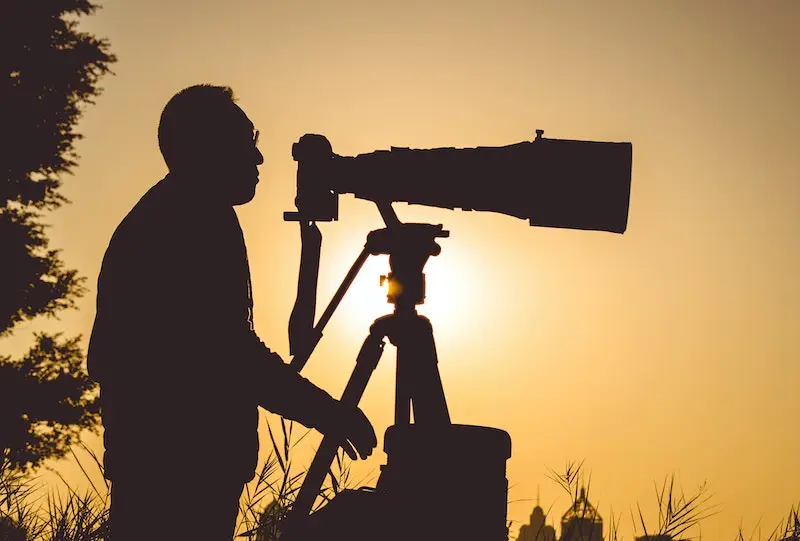
Outfit and accessories for wildlife photography
When it comes to wildlife photography, your outfit should be chosen with caution. First of all, the wildlife photographer needs to blend in with the scenery in order to be able to approach the animals without scaring them away. But they must also choose an outfit that allows them to be comfortable during the long hours of shooting. Therefore, the wildlife photographer must choose:
- shoes with flexible soles in order to make as little noise as possible;
- weather-appropriate clothing – clothing that helps you to stay warm in cold environments and clothing with materials that keep you cool when it’s hot;
- an outfit in the colours of the environment to create a camouflage effect – white is ideal for snowy landscapes, for example.
Beyond the outfit, some accessories can be added to make the experience more enjoyable, for example:
- a lookout to hide from the fiercest animals;
- a rain cover to protect the equipment when the weather conditions are unfavorable;
- binoculars;
- a headlamp for night travel to leave your hands free to carry the camera.
Your outfit and accessories are as important as the camera. If the wildlife photographer possesses a high-end camera and lens, but their outfit and accessories are not adapted to the environment in which they work, it will be immediately more difficult to withstand the conditions and capture beautiful images.
- Everything you need to know to get started in photography
- How do I choose the right lens for a camera?
- How do I choose an external flash?
- What equipment should I use to take portrait photos?
- What equipment should I use to take landscape photos?
- Which computer should I choose for photo editing?
- How do I create a photo studio?
- Lighting solutions in photography
- Equipment for creating sports photos
- How can I develop my own photos?
- How do I choose a camera tripod?





